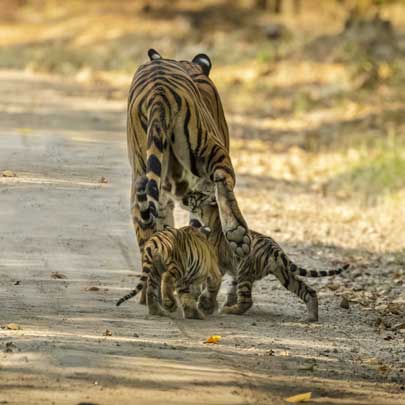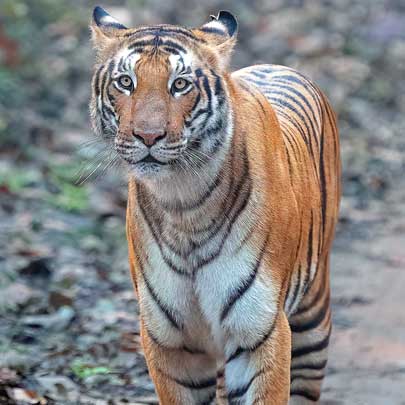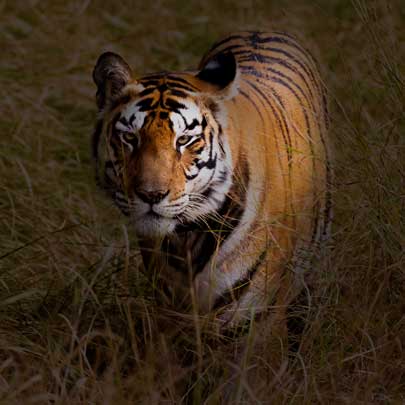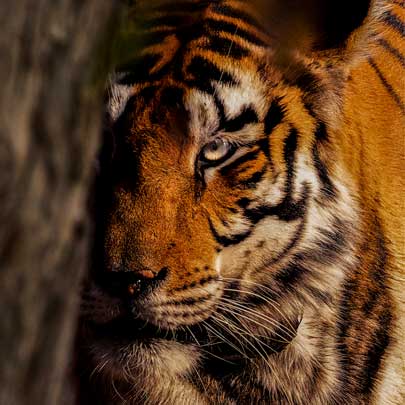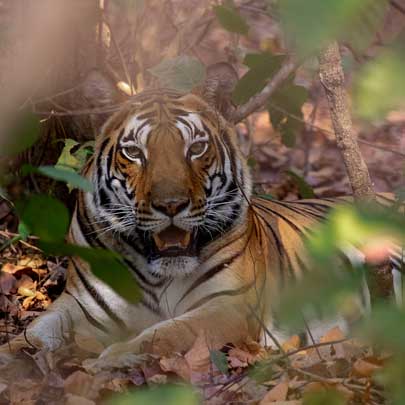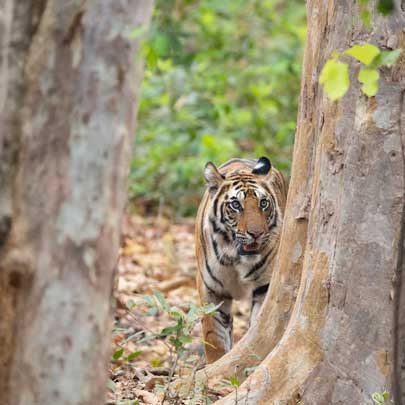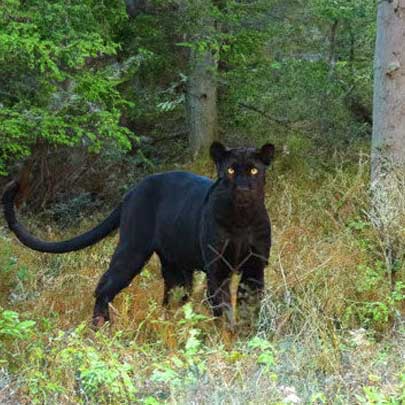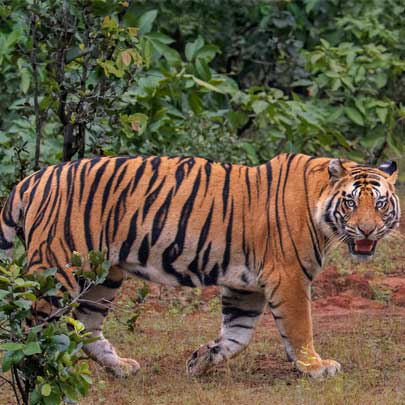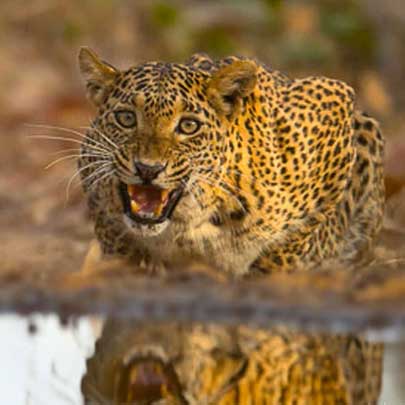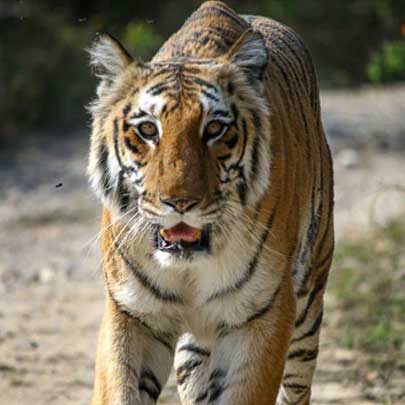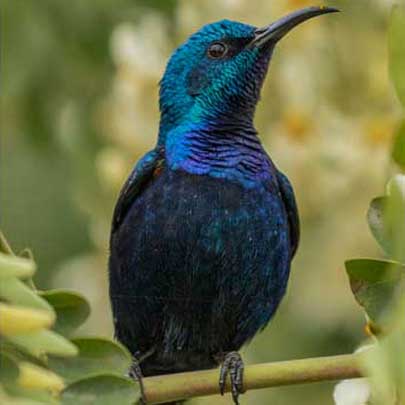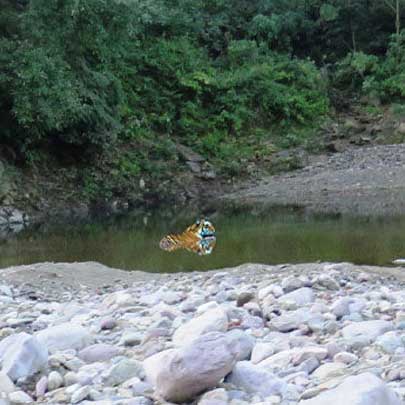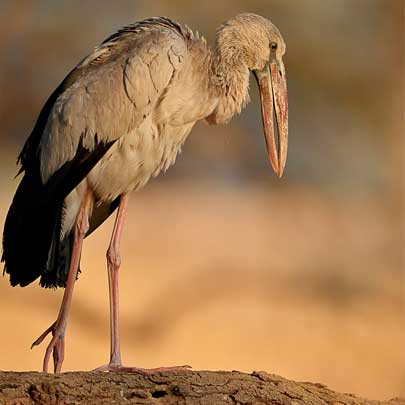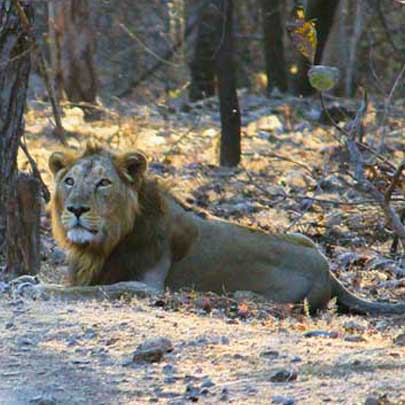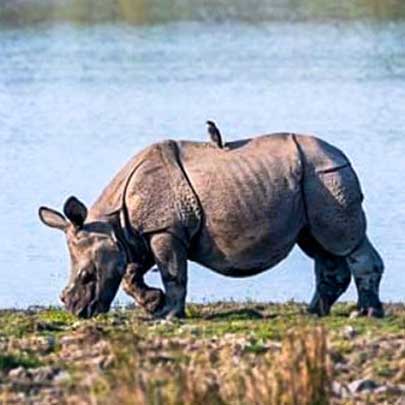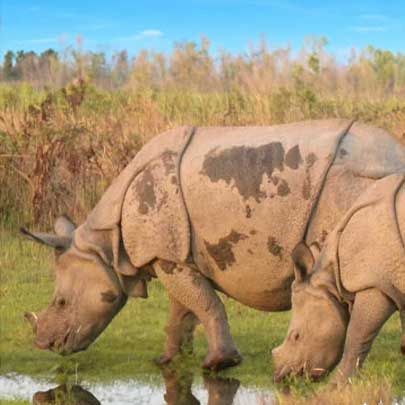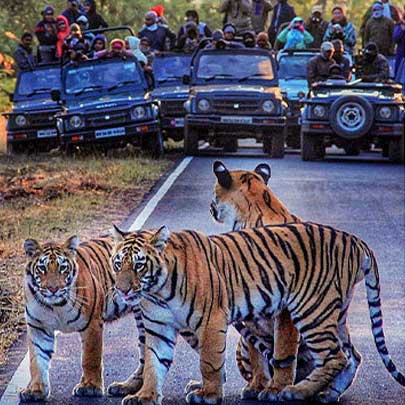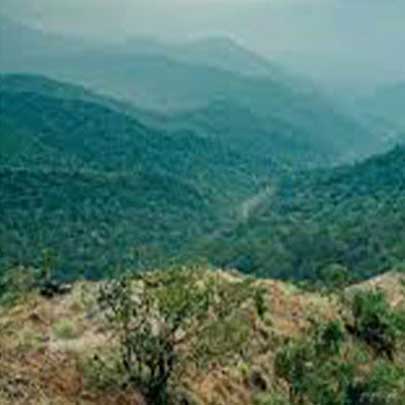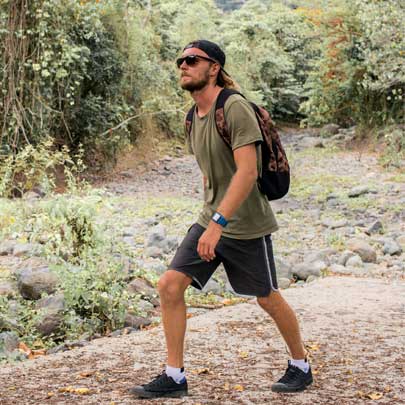The Impact of Tourism on Wildlife Habitats: A Deep Dive into Conservation and Responsibility
The Impact of Tourism on Wildlife
Habitats: A Deep Dive into Conservation
and Responsibility
Tourism and wildlife have a complex relationship. On one hand, wildlife tourism offers an incredible opportunity to observe majestic animals in their natural environment, driving awareness and funding for conservation. On the other hand, unsustainable tourism can contribute to habitat destruction, disturb animal behavior, and accelerate the decline of endangered species. Understanding the true impact of tourism on wildlife habitats is essential to developing sustainable practices that protect the planet’s biodiversity.
In this blog, we explore the positive and negative effects of tourism on wildlife, discuss how eco-conscious organizations like the Wildlense Eco Foundation are making a difference, and offer practical tips on how travelers can contribute to wildlife conservation.
Understanding Wildlife Tourism

Wildlife tourism refers to travel experiences that center around observing animals in their natural habitats. It includes activities like:
-
Safari tours in Africa
-
Birdwatching in South America
-
Whale watching in the oceans
-
Jungle treks in India
It’s a booming segment of the travel industry, contributing billions of dollars annually to local economies. But behind the economic benefits lie serious concerns for the ecological balance and wildlife health.
Negative Impact of Tourism on Wildlife Habitats

1. Habitat Destruction and Fragmentation
The construction of roads, resorts, and infrastructure to support tourism often leads to deforestation and the fragmentation of wildlife habitats. This disrupts migration routes and breeding grounds, forcing animals to relocate or adapt to unsuitable environments.
Example: In tropical forests, the creation of eco-lodges and hiking trails often leads to cutting down trees, disturbing not only the flora but also displacing rare bird and mammal species.
2. Disturbance to Animal Behavior
Tourists getting too close to animals for photos or feeding them can alter natural behaviors. Animals may:
-
Lose fear of humans
-
Abandon nesting sites
-
Change feeding and mating habits
This stress can lead to lower reproduction rates and higher mortality, especially among endangered species.
3. Pollution and Waste
Tourism generates a significant amount of plastic waste, noise pollution, and light pollution, all of which negatively affect wildlife.
-
Noise from safari vehicles can scare animals away from waterholes.
-
Plastic litter can be ingested by birds and mammals, leading to injury or death.
-
Light pollution disrupts nocturnal species and affects predator-prey dynamics.
4. Spread of Diseases
Humans can unintentionally transmit diseases to animals, especially in primate tourism. The presence of large numbers of people in close proximity increases the chances of disease outbreaks that could decimate entire populations.
The Positive Role of Eco-Tourism in Wildlife Conservation

Despite its drawbacks, eco-tourism—when managed responsibly—can have a powerful, positive impact on wildlife protection.
1. Funding for Conservation Projects
A significant portion of eco-tourism revenue is often funneled into wildlife conservation efforts. National parks and sanctuaries charge entrance fees that support anti-poaching operations, habitat restoration, and species monitoring.
2. Community Engagement and Livelihood
Eco-tourism creates employment opportunities for local communities. When people benefit financially from preserving wildlife, they become active participants in conservation efforts.
Case in Point: Many tribal communities in India are now trained as wildlife guides, gaining both income and a sense of pride in their heritage.
3. Educational Awareness
Wildlife tourism educates visitors about the importance of biodiversity. A well-guided safari can leave travelers with a deep appreciation for nature and a commitment to environmental stewardship.
Wildlense Eco Foundation: A Beacon of Responsible Tourism

One organization that is setting an example in sustainable wildlife tourism is the Wildlense Eco Foundation.
Who They Are
The Wildlense Eco Foundation is a non-profit organization committed to wildlife conservation, habitat preservation, and community empowerment. Based in India, it operates in some of the country’s most ecologically rich zones, working closely with local communities, forest departments, and conservation experts.
Key Initiatives
1. Eco-Friendly Wildlife Safaris
Wildlense promotes responsible wildlife tourism by organizing eco-safaris that follow strict environmental guidelines. These safaris:
-
Limit vehicle numbers
-
Prohibit feeding or touching animals
-
Emphasize silent observation
-
Use biodegradable materials
2. Community Empowerment Programs
The foundation trains local youth as eco-guides, photographers, and conservation workers, ensuring that tourism revenue directly benefits those who live closest to the wildlife.
3. Wildlife Monitoring and Research
They collaborate with scientists to monitor species populations and track animal movements using GPS and camera traps. This data is crucial for protecting vulnerable species and preventing human-wildlife conflicts.
How Tourists Can Reduce Their Impact

If you’re passionate about travel and wildlife, here are ways to ensure your presence supports conservation rather than harms it:
1. Choose Certified Eco-Tourism Operators
Look for operators affiliated with conservation bodies or certified by recognized eco-tourism organizations. Support groups like Wildlense Eco Foundation, which prioritize wildlife welfare over profit.
2. Follow Park Guidelines
Stick to trails, maintain distance from animals, and avoid littering. Silence and respect are essential when entering someone else’s home—even if that someone is a tiger or elephant.
3. Avoid Animal Exploitation Activities
Say no to elephant rides, selfies with sedated animals, and performances involving wildlife. These practices are exploitative and damaging.
4. Offset Your Carbon Footprint
Traveling often involves flights and long drives. Offset your emissions by contributing to reforestation projects or supporting carbon-neutral tour companies.
5. Educate Yourself and Others
The more we understand about wildlife conservation, the better advocates we become. Share your learnings with friends, post responsibly on social media, and support ethical travel influencers.
The Future of Wildlife Tourism: A Balancing Act
Tourism is not inherently bad for wildlife. When practiced thoughtfully, it can be a force for good, bringing attention and resources to species and ecosystems that desperately need them. But it must be regulated, respectful, and rooted in scientific knowledge.
Organizations like the Wildlense Eco Foundation prove that conservation-based tourism can be both economically viable and environmentally responsible. By supporting such models and making conscious travel decisions, each one of us can contribute to preserving the natural wonders that make our planet so unique.
Final Thoughts
Wildlife tourism has the potential to transform how we engage with nature. But its benefits will only be realized if we acknowledge and mitigate its negative impacts. From habitat destruction to behavioral disruptions, the consequences of unchecked tourism are real—but so are the solutions.
By supporting eco-tourism initiatives, advocating for ethical travel, and partnering with visionary organizations like the Wildlense Eco Foundation, we can ensure that our love for wildlife doesn't come at the cost of their survival.
Frequently Searched Questions (FAQs)
Q1. How does tourism affect wildlife habitats?
Tourism can lead to habitat destruction, pollution, and disturbances in animal behavior, especially when not managed responsibly.
Q2. What is eco-tourism?
Eco-tourism is responsible travel to natural areas that conserves the environment, sustains the well-being of local people, and involves interpretation and education.
Q3. How can I travel responsibly as a wildlife tourist?
Choose ethical tour operators, follow park rules, avoid animal exploitation, and support organizations like the Wildlense Eco Foundation.
Q4. What are the benefits of wildlife tourism?
When done right, it can provide funding for conservation, support local communities, and educate travelers about biodiversity.

























